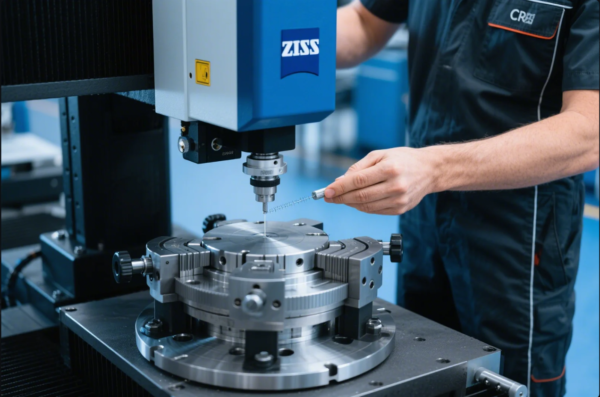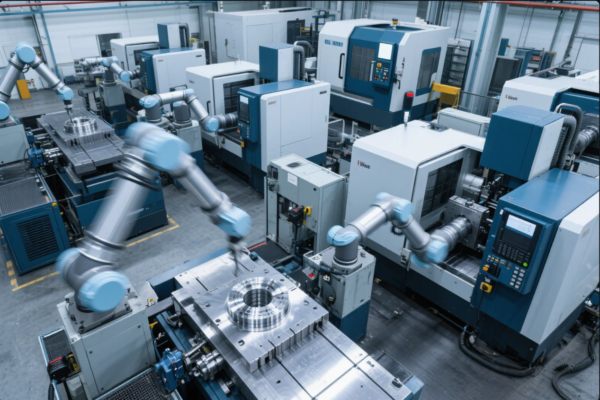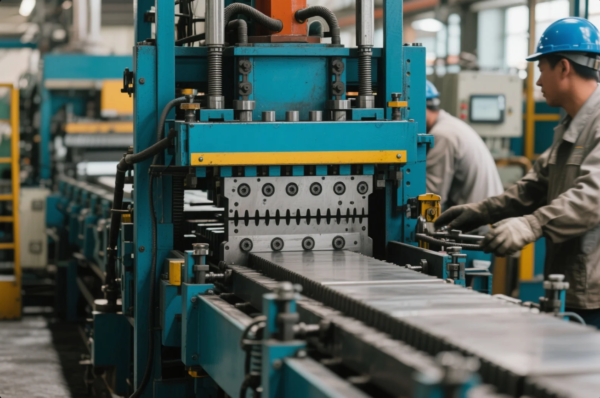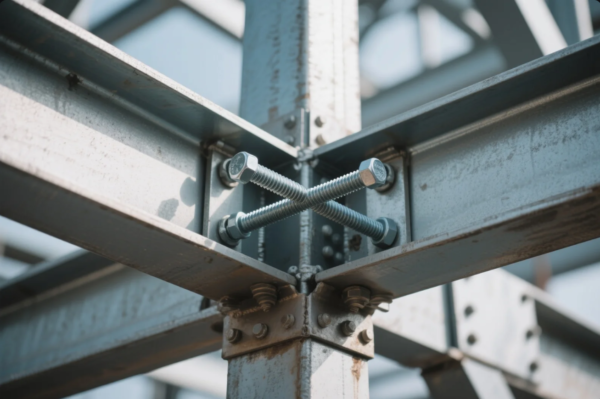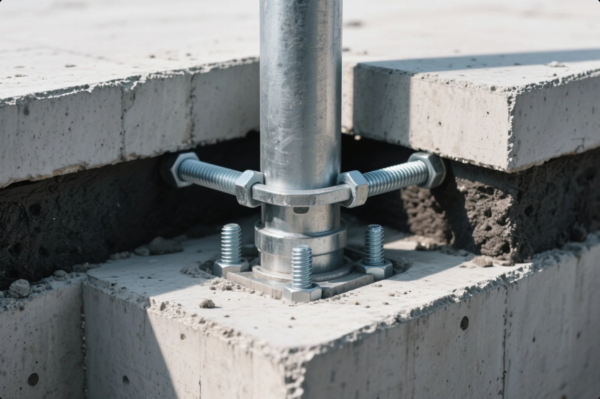Can You Use a Wood Stove as a Forge?

A wood stove is commonly used for heating homes, but some may wonder if it can also serve as a forge for metalworking projects. While a standard wood stove isn’t designed for forging, with the right setup and precautions, it’s possible to use it for smaller-scale metalworking tasks. In this article, we’ll explore whether a wood stove can be used as a forge and address other common questions about wood stoves, like regulations and burning practices.
Snippet paragraph: While a wood stove is not ideal for forging, it can work for small metal projects with modifications to increase heat and airflow.
Let’s dive into how a wood stove might be adapted for forging and the limitations you may face.
What States Are Outlawed for Wood Burning Stoves?
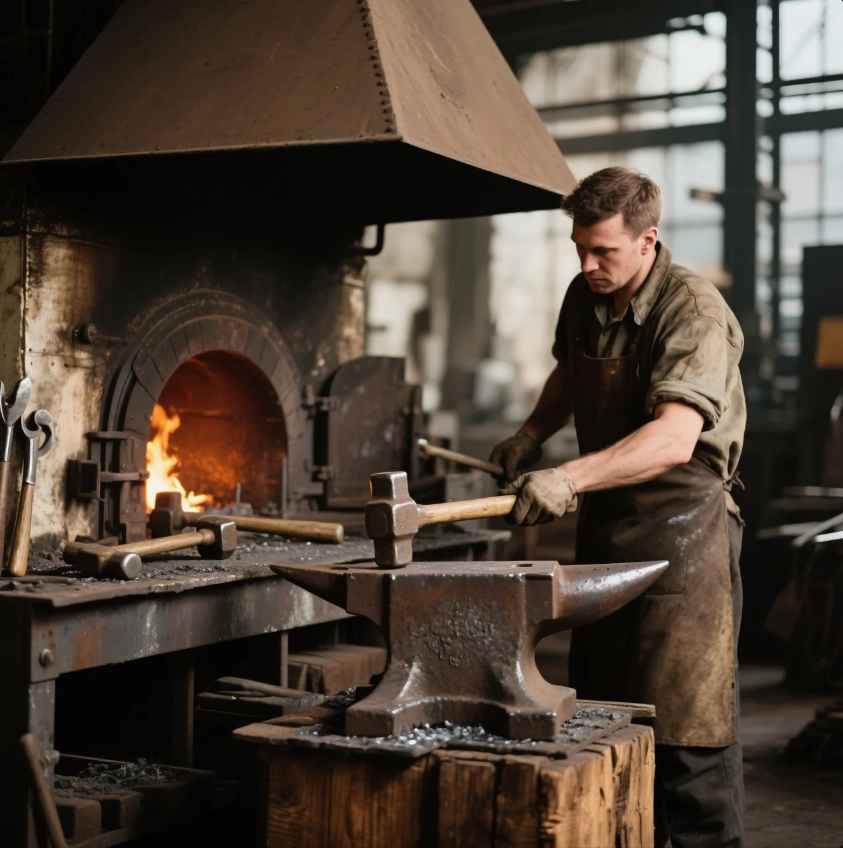
In some regions, the use of wood-burning stoves is restricted or regulated due to environmental concerns, particularly air quality. Certain states have specific laws regarding when and how wood stoves can be used, primarily to reduce air pollution caused by wood smoke.
States with Wood Burning Restrictions:
- California: California has strict regulations concerning wood stove use, particularly in areas with high air pollution. They have "no-burn" days, often in the winter months, when residents are prohibited from using wood-burning stoves due to the air quality.
- Washington: In some regions of Washington, particularly during certain times of the year, the use of wood stoves is restricted to limit air pollution.
- New York: Certain areas in New York, especially in cities and areas with sensitive environmental conditions, regulate wood stove use.
These laws aim to improve air quality and reduce the impact of particulate matter emitted by burning wood. Before using a wood stove for any purpose, it's important to check the regulations in your area.
What Is the 3:2-10 Rule for Wood Stoves?
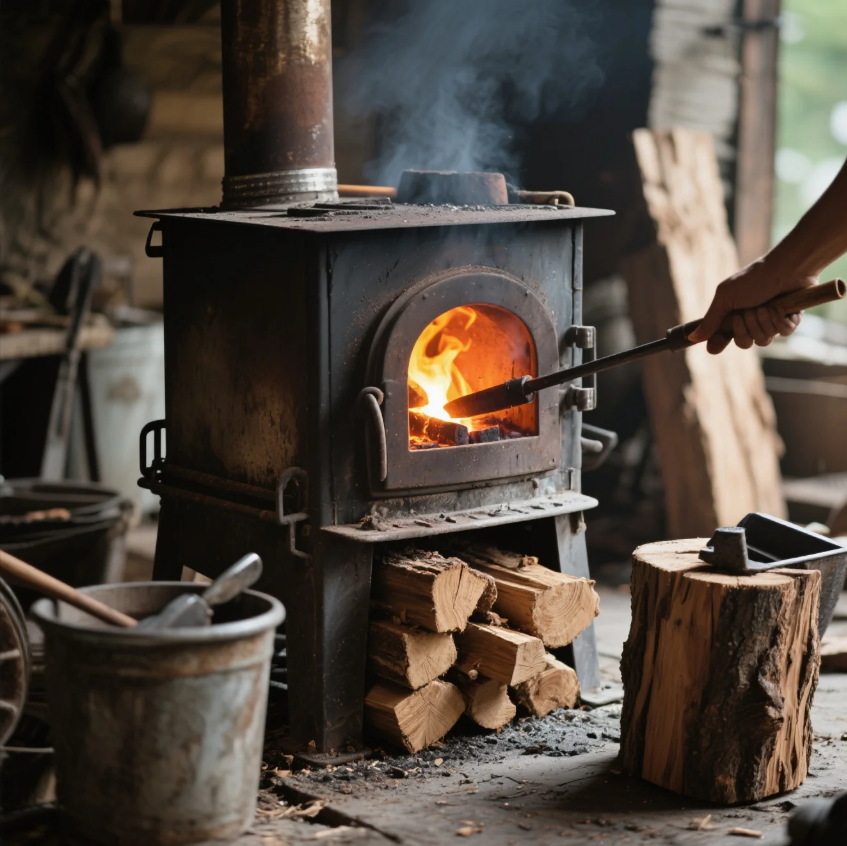
The 3:2-10 rule is a guideline for properly using a wood stove to ensure safe and efficient operation. It refers to the ratio of fuel, air, and stove size needed to burn wood efficiently.
Breakdown of the 3:2-10 Rule:
- 3: The stove should burn 3 parts wood to 2 parts air to ensure complete combustion and reduce emissions.
- 2: The air intake should be adjusted to allow for a 2-part balance between fuel and air.
- 10: The stove should have at least 10 feet of chimney height to create proper draft and ensure smoke is vented properly.
Following the 3:2-10 rule ensures that the wood stove burns wood efficiently, produces less smoke, and provides adequate heat while maintaining safety standards.
How to Create Draft in a Wood Stove?
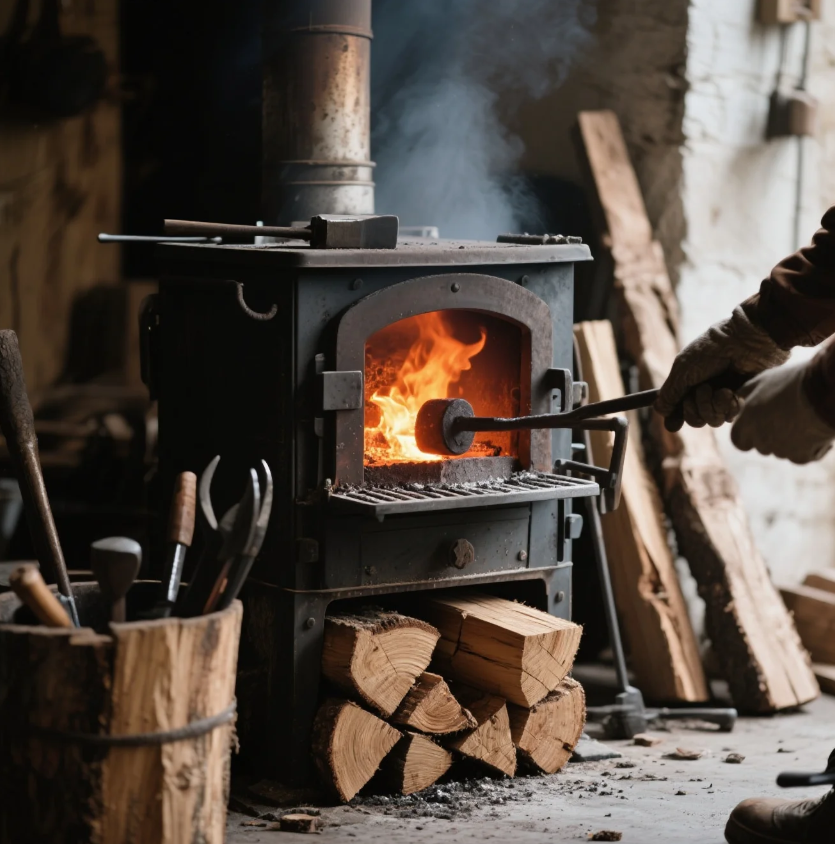
Creating a proper draft in a wood stove is essential for efficient combustion. A draft helps ensure that smoke and gases are vented out of the stove through the chimney, and that the stove gets enough oxygen for the fire to burn cleanly.
Tips for Creating Draft in a Wood Stove:
- Proper Chimney Height: Ensure the chimney is tall enough (ideally at least 10 feet) to create the necessary draw for the smoke to rise.
- Keep the Chimney Clean: Regularly clean the chimney to remove creosote buildup, which can restrict airflow and reduce draft.
- Open the Air Intake: When starting a fire, open the air intake fully to allow for maximum airflow. As the fire builds, you can adjust the air intake to control the burn.
- Start with Dry Wood: Dry, seasoned wood burns better and produces a more consistent draft. Wet or green wood creates excess smoke, which can inhibit the draft.
A strong draft is crucial not only for ensuring the fire burns properly but also for venting dangerous gases out of the stove.
Can You Burn Any Wood in a Wood Stove?

While most types of wood can be burned in a wood stove, some are better suited for efficient and clean burning than others. It’s essential to choose the right kind of wood to avoid damage to the stove and to ensure proper combustion.
Best Types of Wood for Burning:
- Hardwoods: Oak, hickory, maple, and birch are dense and burn hotter, making them ideal for a wood stove.
- Softwoods: Pine, fir, and spruce burn faster and produce more creosote, which can build up in the chimney. They’re okay for starting a fire but not recommended for long burns.
Wood to Avoid:
- Green or Wet Wood: Burning green or wet wood creates more smoke and can clog the chimney with creosote. Always use seasoned wood with a moisture content of less than 20%.
- Pressure-Treated or Painted Wood: These woods release harmful chemicals when burned and should never be used in a wood stove.
Choosing the right wood helps maintain the efficiency of the stove and keeps the environment clean by reducing smoke and pollutants.
Conclusion
While a wood stove isn’t specifically designed to serve as a forge, it’s possible to adapt it for smaller metalworking projects with the right modifications. However, creating the high heat needed to forge steel or other metals requires additional effort, such as controlling airflow and using a more concentrated heat source. Additionally, it’s important to follow safety guidelines and adhere to local regulations regarding wood stove use. If you need specialized metal forging equipment, a dedicated forge is typically a better solution. For expert metalworking and forging services, contact Prime today to learn more about our high-quality solutions.

